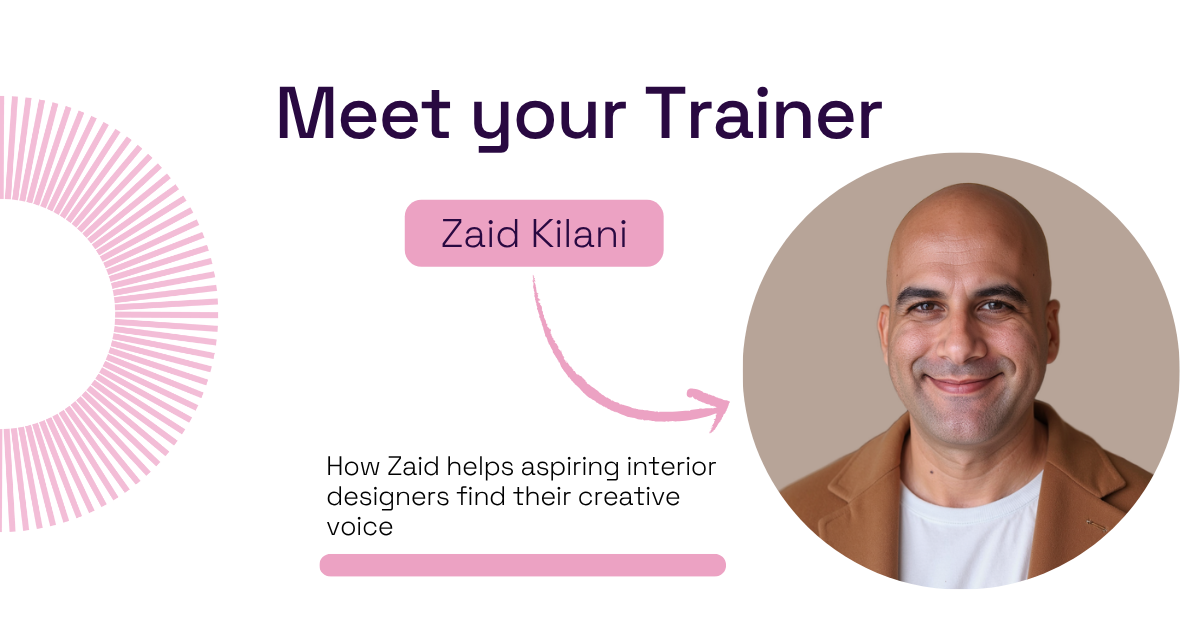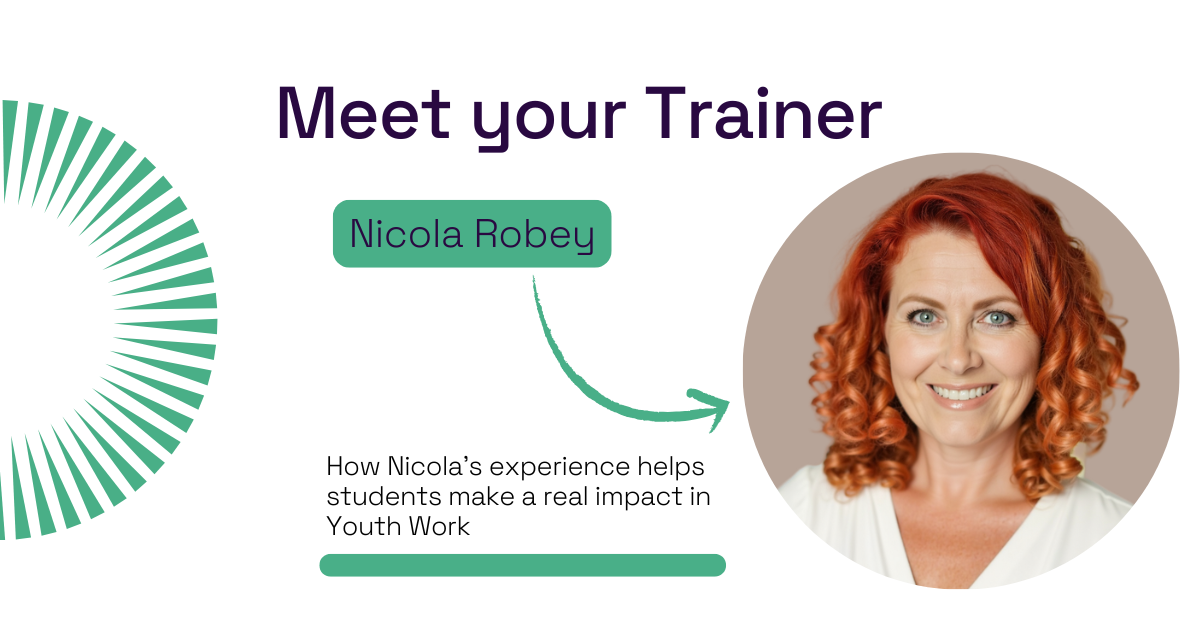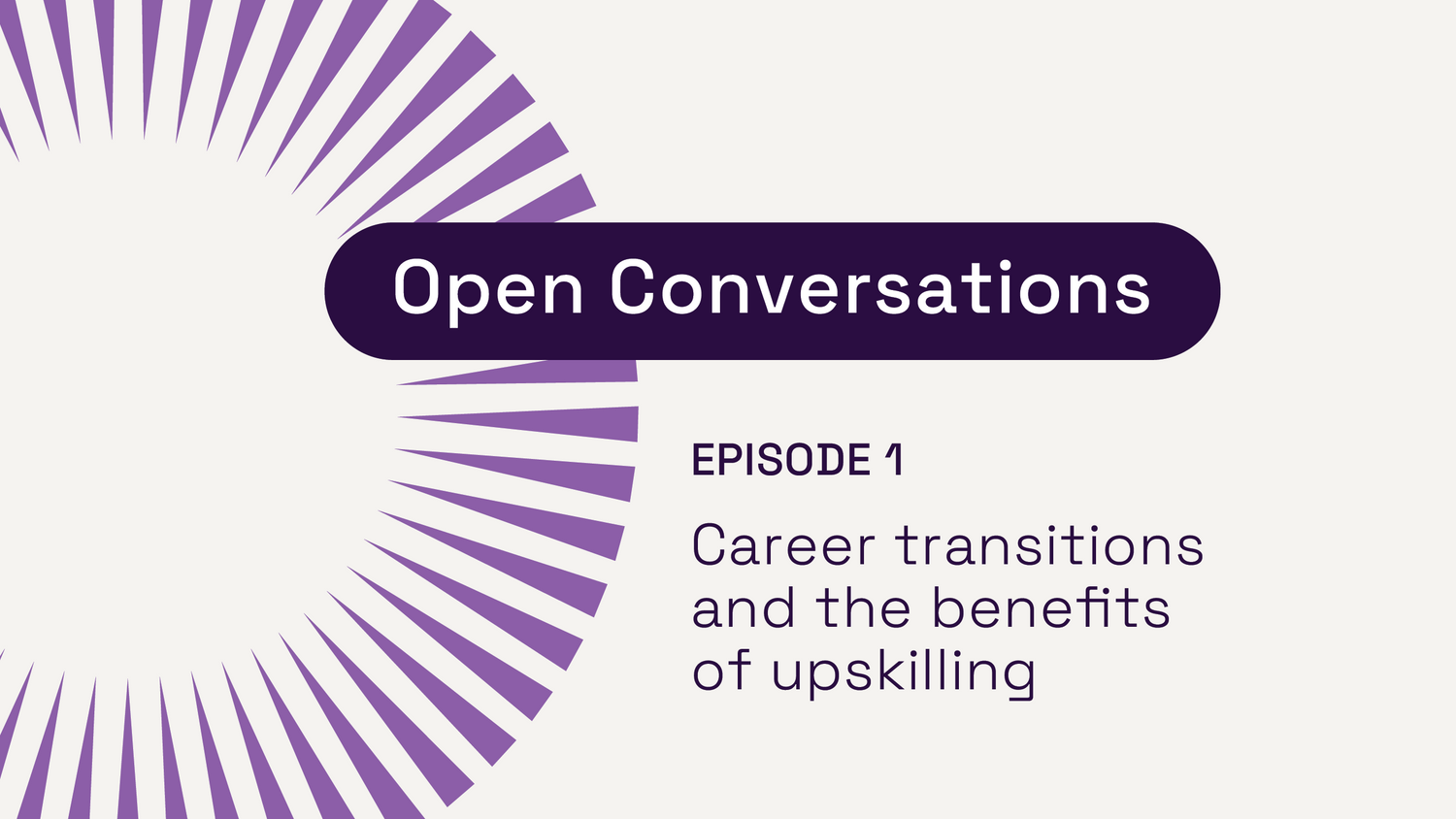Explore our collection of informative and educational blog posts to stay updated on the latest industry trends and expert advice.
What is agile? Your guide to agile working

What is agile working?
Agile is a project management process that encourages collaboration within teams to better plan and execute complex projects. It’s a framework that gives team members direction without fencing them in with restrictive boundaries.
Agile can help businesses boost their productivity, react to changes and emerging trends in the market, encourage innovation and promote team morale.
Now is a great time to start learning about agile, as more and more businesses in Australia and around the world are adopting agile methodologies. Having a working knowledge of agile, even if you don’t currently work in an agile workplace, could prove to be very useful later on down the track. And as an increasing number of us are working from home in a part- or full-time capacity, agile working is gaining more attention than ever before.
What is ‘agile working’?
You may have heard words like ‘agile’ and ‘sprint’ and ‘scrum’ before, but you may not yet understand exactly what they mean. That’s OK: you’re not alone!
The idea of agile working was developed for the technology industry. It first started out as the brainchild of 17 software developers who wanted to perfect their approach to software development. The results of their collaboration were named the Agile Manifesto.
For the past twenty-something years, agile working has been helping technology and IT teams boost their productivity. Now, agile is seen as not only something that can help teams working within the tech industry, but other industries, too.
In agile working, there is a high priority given to straightforward communication rather than convoluted emails; flexibility and adaptability instead of sticking to a strict plan (especially when that plan can be improved upon); and trusting employees to work autonomously. Teams work in short ‘sprints’ and have regular reviews that encourage the sharing of ideas and ways to make improvements. You can see how this would be beneficial to teams working within IT or software development. But you can also see how this project management style could benefit other businesses, too.
What are sprints and Scrum in agile working?
When you work in an agile environment, your projects will be completed in sprints. Agile is iterative, which means that as you move forward, you’ll be building and improving on the last completed sprint.
This is where Scrum enters the game. Scrum is a workflow process that is made up of sprints and reviews that help to promote adaptability and constant improvement. This is all a part of the agile mindset. By having frequent reviews, this gives the team an opportunity to spot areas for improvement. So if something needs to be changed or amended, it’s a relatively small fix.
If your team only focuses on the final outcome of a project, instead of working in short sprints, and does not have regular reviews, you risk spotting errors at a much later stage of the project.
By working in sprints and encouraging ongoing feedback, you can see how agile working promotes flexibility and autonomy while incorporating active communication and reviews.
What are the benefits of agile working?
There are many benefits to agile working. Not all businesses are in a position to adapt an agile working environment, and that’s perfectly alright. For example, any business that’s heavily regulated or needs to work within strict, defined guidelines (like a bank or a car manufacturer) probably wouldn’t benefit from an agile framework. This is because their products are developed along a rigid set of guidelines with little deviation, because they know exactly what the end goal is. There’s no need for ongoing reviews or short sprints, because everyone needs to follow a strict set of rules to get the project completed.
That said, adopting agile working can have plenty of benefits for other types businesses.
Here are some of the benefits of agile working:
1. Collaboration and innovation
Collaboration, communication and feedback are big parts of agile working. And when team members are encouraged to think about ways in which the next sprint can be improved, this can open up opportunities for active communication, creative thinking and new, innovative ideas.
2. Flexibility and freedom
Many agile workplaces promote the idea that ‘work is something you do, not a place’. They encourage employees to find ways that work for them, where it’s not always necessary to meet in a specified physical space from 9am to 5pm. This helps employees to work to a schedule that fits their lifestyle, encouraging a healthy work/life balance.
3. Increased productivity
The core of agile working is to improve productivity. Agile helps to keep people focused on one task at a time. This means that people aren’t trying to juggle too many things at once, therefore becoming overloaded. Agile encourages team members to complete one job at a time and complete it to the best of their ability.
Another way agile can contribute to productivity is that it can help to improve company culture. When employees are offered a flexible working environment and opportunities to collaborate with their peers, it can help to improve job satisfaction, which can lead to higher rates of productivity and a higher quality of work.
Are agile skills in demand?
Because the main principles of agile focus on communication, feedback, adaptability and short-scale timeframes, you can see how certain traits and skills in people would be in demand.
Here are some of the skills you need to work effectively in an agile environment:
- Active listening and clear communication skills.
- The ability to take on feedback and integrate it to future projects.
- Collaboration and brainstorming with the team.
- The ability to self-assess your own performance and find the right way that works for you.
- Adaptability and the ability to react quickly and efficiently when the plan changes.
- Prioritisation and good time management skills.
Can I become certified in agile working?
Once you begin working in agile environment, you’ll realise that agile is a continuous learning journey. The adaptable and reactive nature of agile encourages employees to always seek to improve themselves and their work processes, while encouraging curiosity and constant learning. To give yourself the best possible start, why not study a course in agile working?
Open Colleges has teamed up with Elabor8 to bring you the Introduction to Agile online short course.
This short course is delivered exclusively online, and will teach you key skills and knowledge for getting ahead in an agile workplace. Learn about the fundamentals of agile, how to utilise the Scrum framework, the purpose of a Kanban system, how to effectively manage backlog and more.
What are you waiting for? Enrol today and become a valuable, agile team player.








